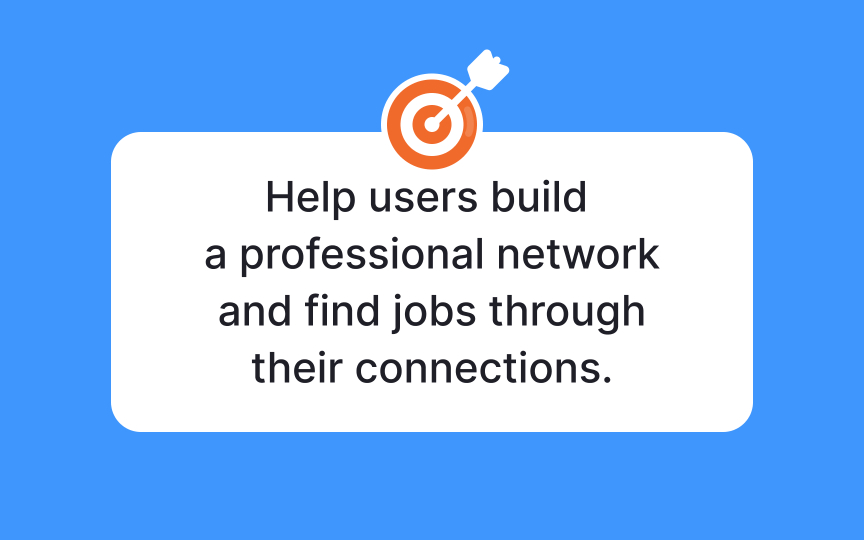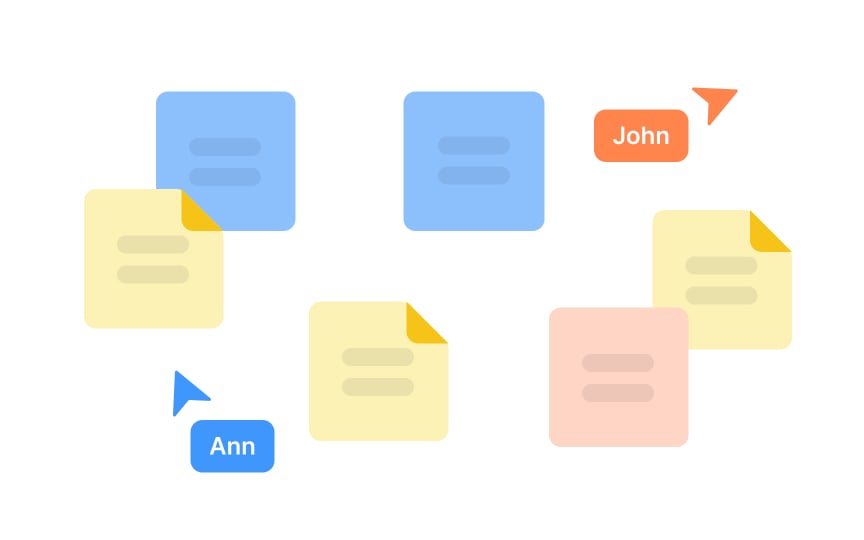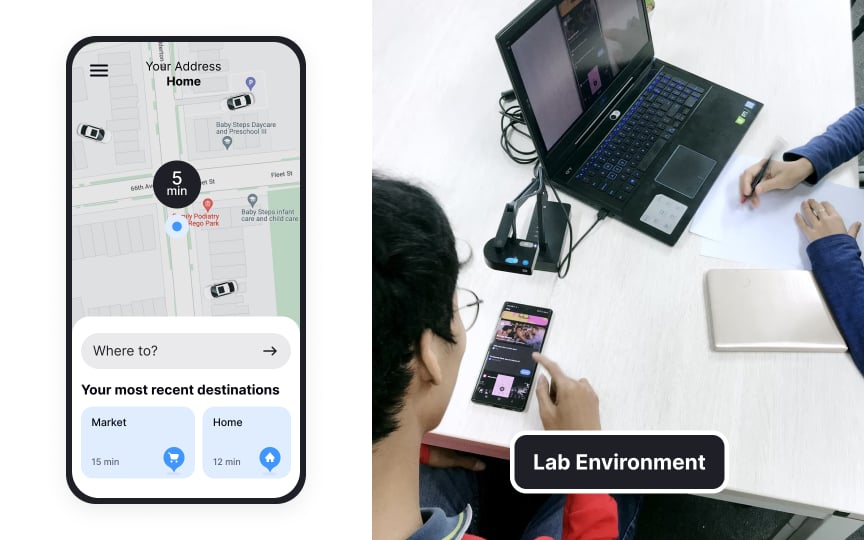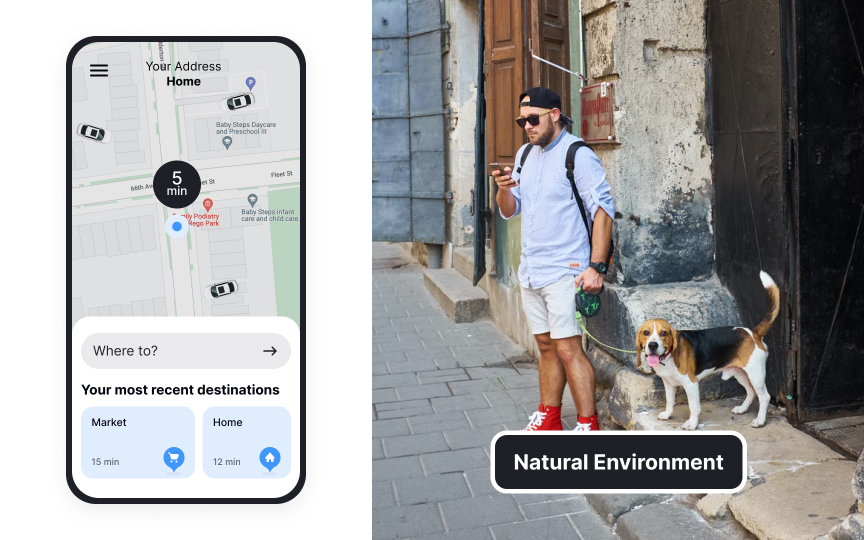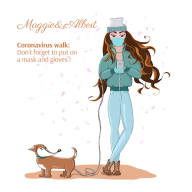Planning the Mobile App Flow
Learn how to plan your mobile app flow to foresee technical risks and prevent time and money wastage
Having a unique idea for a mobile app is already a huge step forward. But if you don't do anything about it, it will remain just an idea. Planning your mobile app flow is essential for a successful design process that gets you the results you want.
Some people may think that planning is useless. In reality, it helps foresee technical risks and prevents wasting time and money. How can you develop an app if you don't know your target audience's preferences or your own technical constraints, business goals, and team capacity?
By planning and working collaboratively, teams can find more optimal solutions and avoid implementing unnecessary features. This stage is vital for finding the right balance between business goals, technical limitations, and user needs.
Having an app idea is a good start. However, before investing time and resources into development, it's crucial to assess if the idea has business potential.
This initial evaluation helps determine if the concept deserves further exploration. It transforms a rough idea into an assessed opportunity through basic research and analysis.
Essential evaluation points:
- Market research: Check if similar apps exist and how users respond to them — explore app stores and online discussions to understand market needs
- User feedback: Share the concept with potential users and gather their honest opinions — this early feedback helps refine or redirect the idea
- Basic viability: Consider whether the app can be built with available technology and reasonable costs — estimate basic resource requirements
- Unique value: Identify what makes the app different from existing solutions — ensure it offers clear benefits to users
- Revenue potential: Think about how the app could generate income — consider common monetization methods in similar apps
When initial evaluation shows your app idea has potential, it's time to set clear goals. Many apps fail because teams start building features without defining what they want to achieve.
Clear goals help decide which features to build and how to present the app to users. This planning prevents adding unnecessary elements that don't help achieve the app's main purpose.
Key questions to answer:
- Core purpose: What exact problem does your app fix, and how does it help users?
- Success goals: What results will show your app is doing well in the market?
- Unique features: What makes your app different from similar apps?
- User appeal: Why will users keep using your app and tell others about it?
- Future plans: Where do you want your app to be in the next few years?
These questions create a clear direction for development and help avoid common mistakes. When everyone on the team understands these goals, they can make better decisions throughout the project.
Pro Tip: Instead of trying to please all types of users, focus on 1-2 major goals tailored to your target audience's needs.
Clear goals need specific metrics to track success. Measuring progress helps teams stay focused and understand when they've achieved their targets.
Key Performance Indicators (KPIs) show how well an app performs and how users interact with it. These metrics help teams decide which features to build first and what to add later.
Common app metrics to track:
Pro Tip: If you don't have enough resources or investment to develop an entire product, start with the MVP — minimum viable product. You can create a prototype and test it with users to see if it's viable in the marketplace.
Apps must serve users, not creators' preferences. Success depends on meeting real user needs through both quantitative and qualitative research.
Quantitative research (surveys, analytics) reveals basic user data like age and location. However, qualitative research (interviews, observations) uncovers deeper insights about user behavior and preferences.
Research methods to understand users:
- Primary research: Conduct direct interviews with potential users to understand their daily challenges and needs
- Behavioral analysis: Observe how users currently solve problems your app aims to address
- Competitor research: Study user reviews and feedback on similar apps to identify gaps and opportunities
- User testing: Get feedback on early concepts to validate assumptions and refine solutions
This combined
Effective app planning starts with understanding user needs. A team brainstorming session helps generate innovative solutions and unique features that address these needs.
Brainstorming works best in an open environment where all ideas are welcome. Even unusual suggestions can lead to breakthrough solutions that set your app apart.
Key brainstorming focus areas:
- Core features: What essential functions will users expect?
- Innovative elements: What unique features could surprise and delight users?
- User acquisition: How will users discover and start using the app?
- Retention strategy: What will keep users coming back regularly?
- Competitive edge: What features will make the app stand out?
Visual tools like mind maps help organize and connect these ideas effectively.
Including developers early in app creation brings better results. While some designers hesitate to share early-stage ideas, this collaboration helps create more successful applications.
Good collaboration requires openness to feedback and clear shared goals. Developers provide valuable insights about technical possibilities and resource needs, which helps create realistic and achievable plans.
Essential collaboration principles:
- Open exchange: Encourage ideas and feedback from both design and development teams
- Technical validation: Use developers' expertise to verify feature feasibility early
- Balanced solutions: Combine creative vision with technical requirements
- Smooth workflow: Use shared tools that support efficient team collaboration
This partnership helps prevent costly revisions and creates better solutions for users.
Before designing any screens, map out how users will move through your app. Understanding these paths helps create a more logical and efficient app structure.
User flows are diagrams showing each step users take to complete tasks in your app. These flows reveal potential problems early and guide which screens actually need to be designed.
Key principles for creating user flows:
- Base on research: Use real user behavior data to determine common paths, not assumptions
- Show full journey: Map every step from start to completion for each main task
- Identify friction: Spot potential problems before investing in detailed designs
- Guide development: Use flows to determine which screens are truly necessary
Pro Tip: Integrate testing from the early stages of your app development process to foresee technical gaps, usability issues, or other inconsistencies before you spend hours implementing things that don't work.
Once
The cheapest and fastest way is to visualize your app interface and design with low-fidelity wireframes. Avoid going deep into details — grayscale wireframes made with a drag-and-drop tool like Balsamiq or Lucidchart are more than enough for testing ideas. Plus, they're easy to update and adjust. You can also sketch your wireframes with pen and paper, prepare cutouts of a phone, and run quick usability tests.[1]
For the first version of your app, focus on sketching and implementing the core features only. You can add nice-to-haves and premium features once you have more analytic data on app performance and user feedback.
Ultimately, the wireframing stage is more about functionality than styling. Don't bother with colors, typography, and other visual aspects at this stage. They will only distract everyone from the functional characteristics.
Testing should start as soon as you have the simplest
Testing your wireframes prevents the implementation of features that don't work or don't bring much value to users. To gain the most helpful data from each test, try to facilitate the testing session in a natural environment where people would use the app. If a natural setting is impossible to arrange, recreate the scenario in which your users are most likely to use the product.
Ideally, users shouldn't feel like they're being tested and should use the prototype as they would in real life. For example, users often order a taxi via an app when they're on the go or running late. Thus, this scenario should be tested outside on the streets with participants holding a dog on a leash or a bag of groceries, leaving only one free hand to use on their mobile.
References
- Paper Prototyping: A Cutout Kit | Nielsen Norman Group
Top contributors
Topics
From Course
Share
Similar lessons

Designing for Mobile Interfaces

Responsive vs. Adaptive Design

